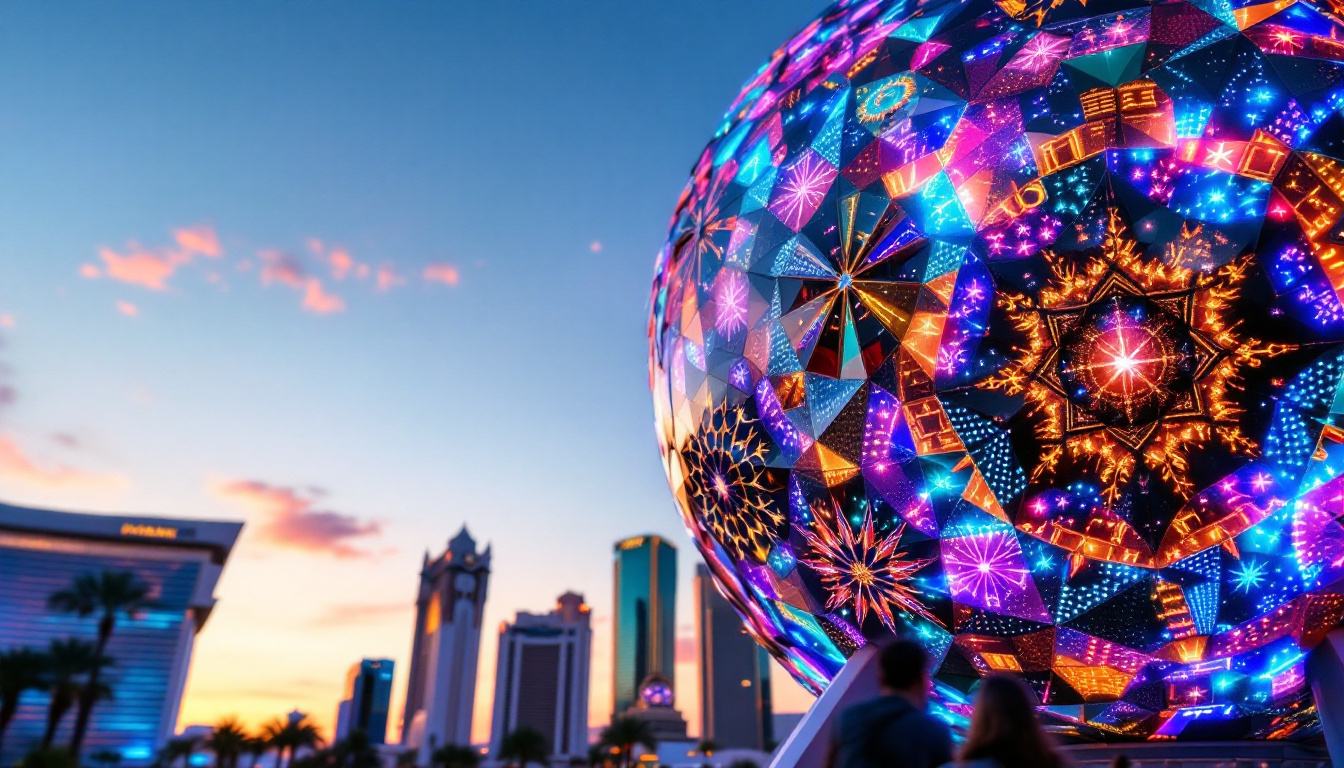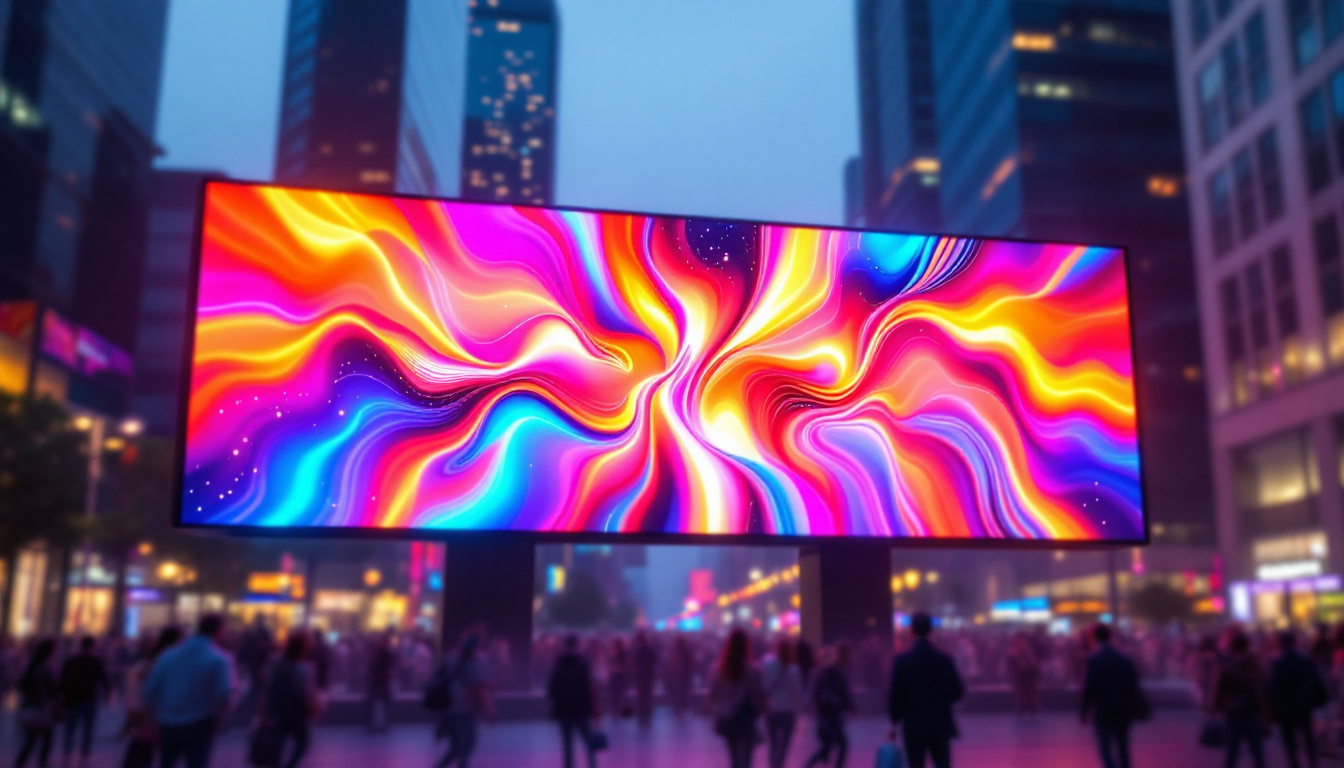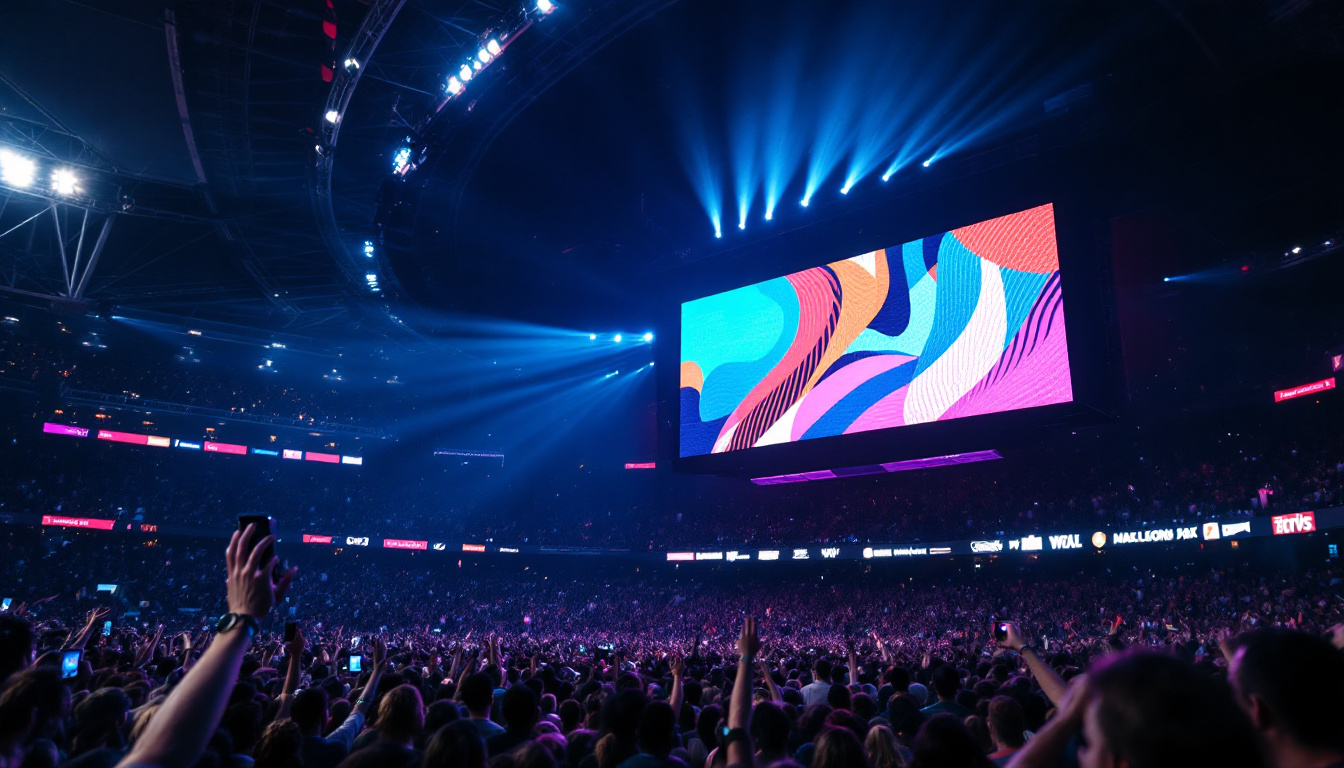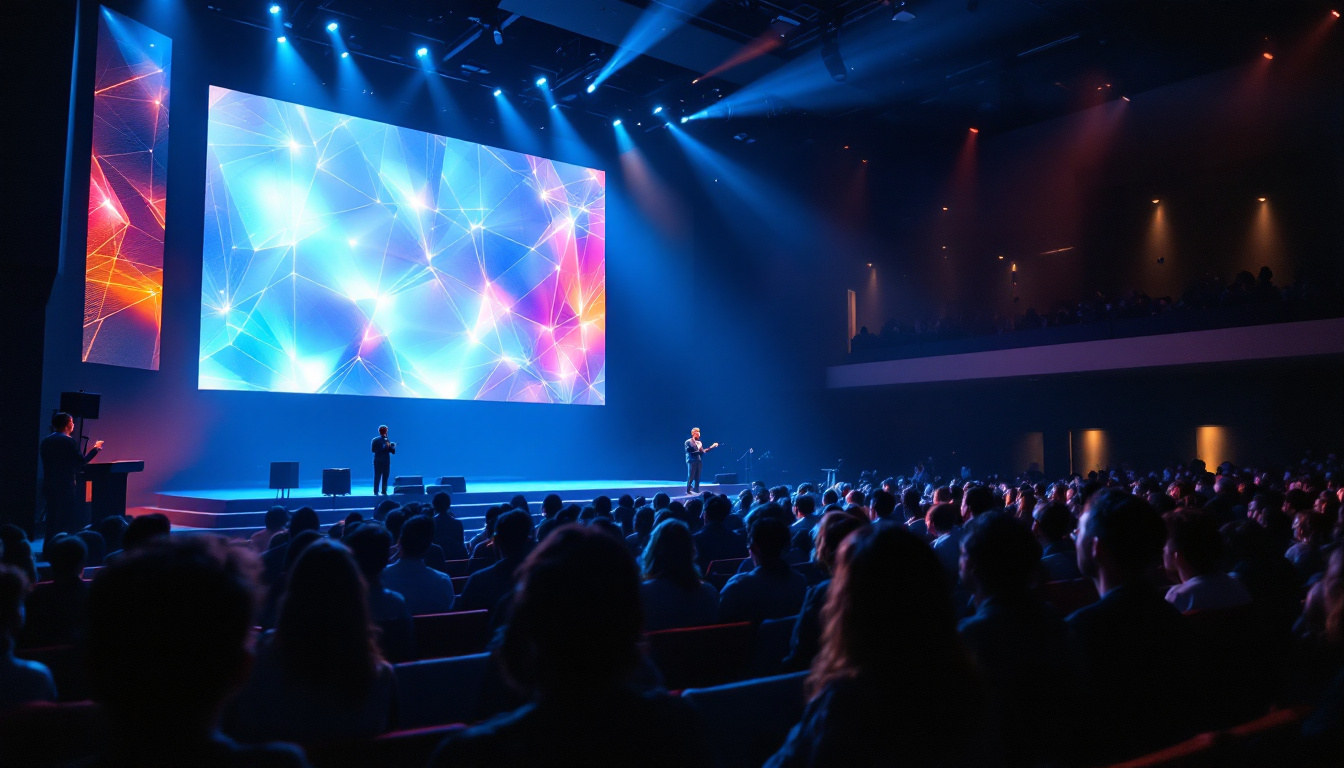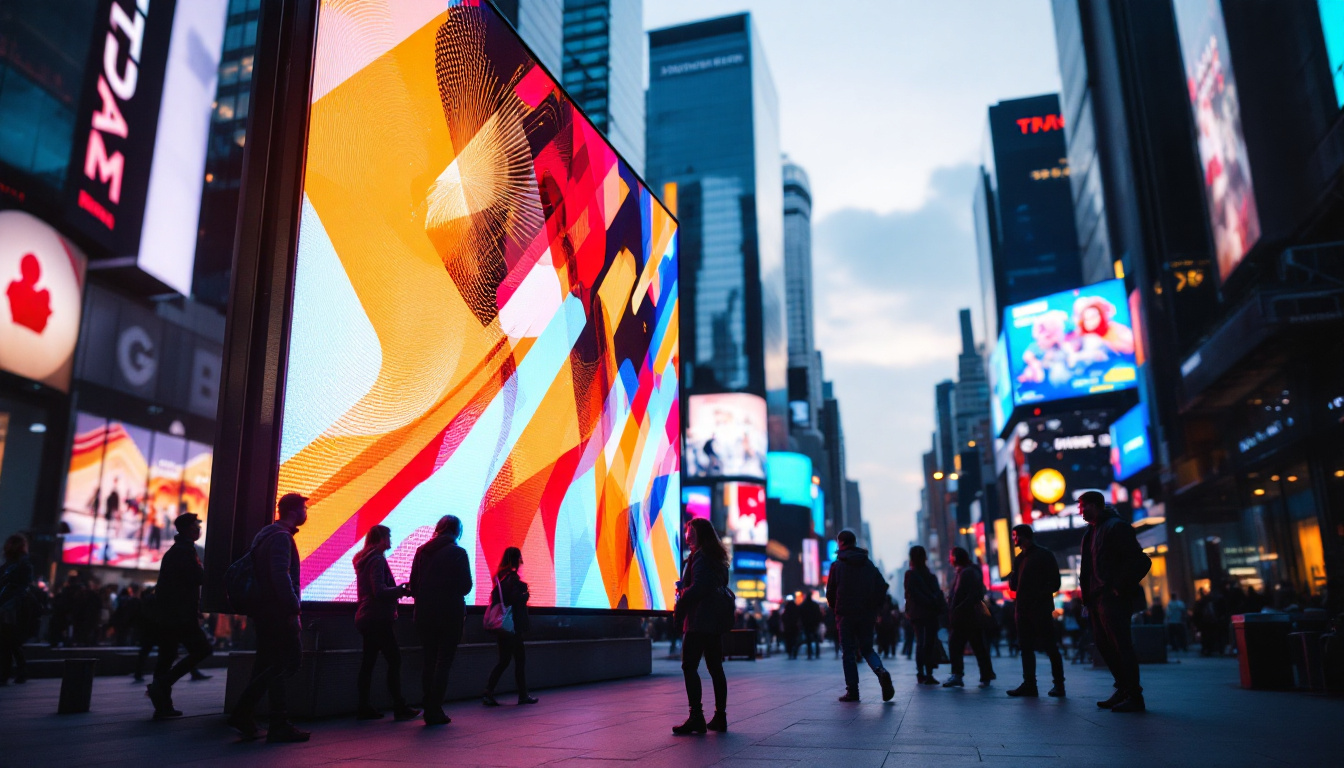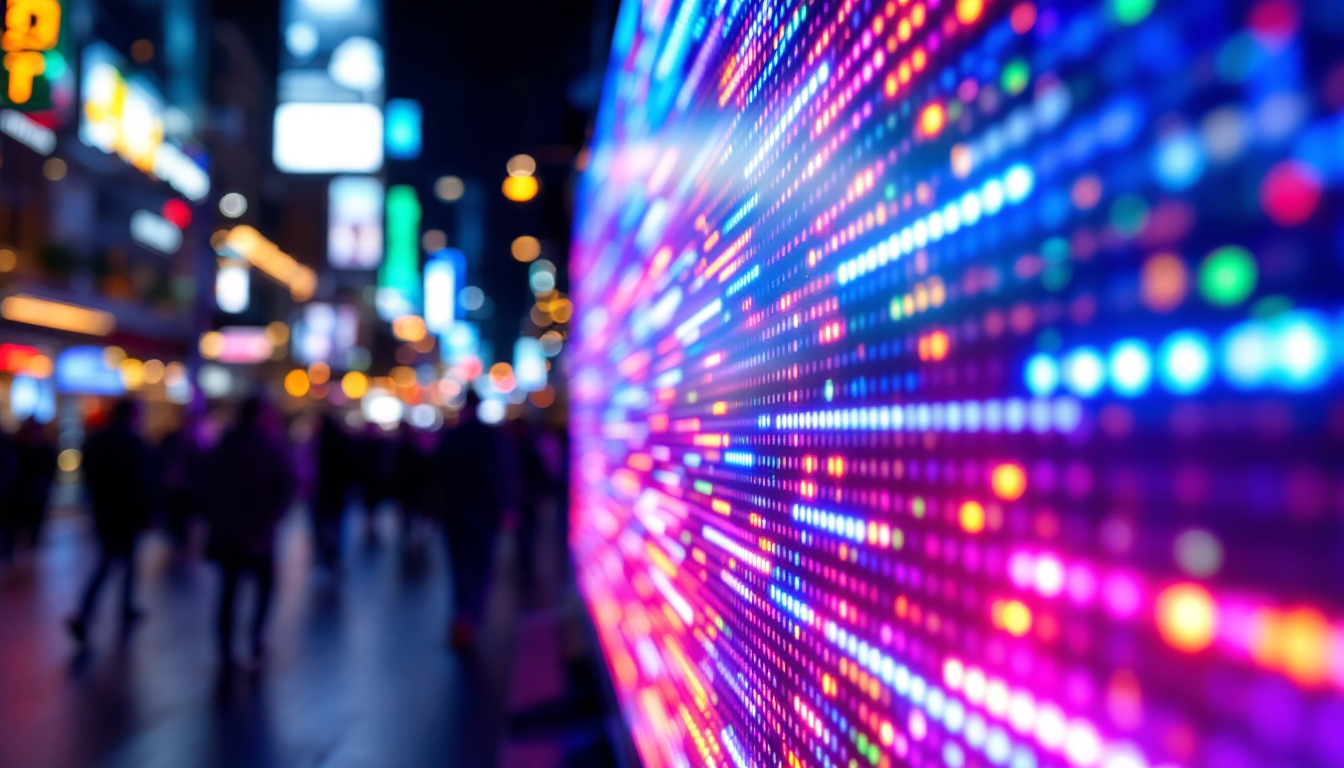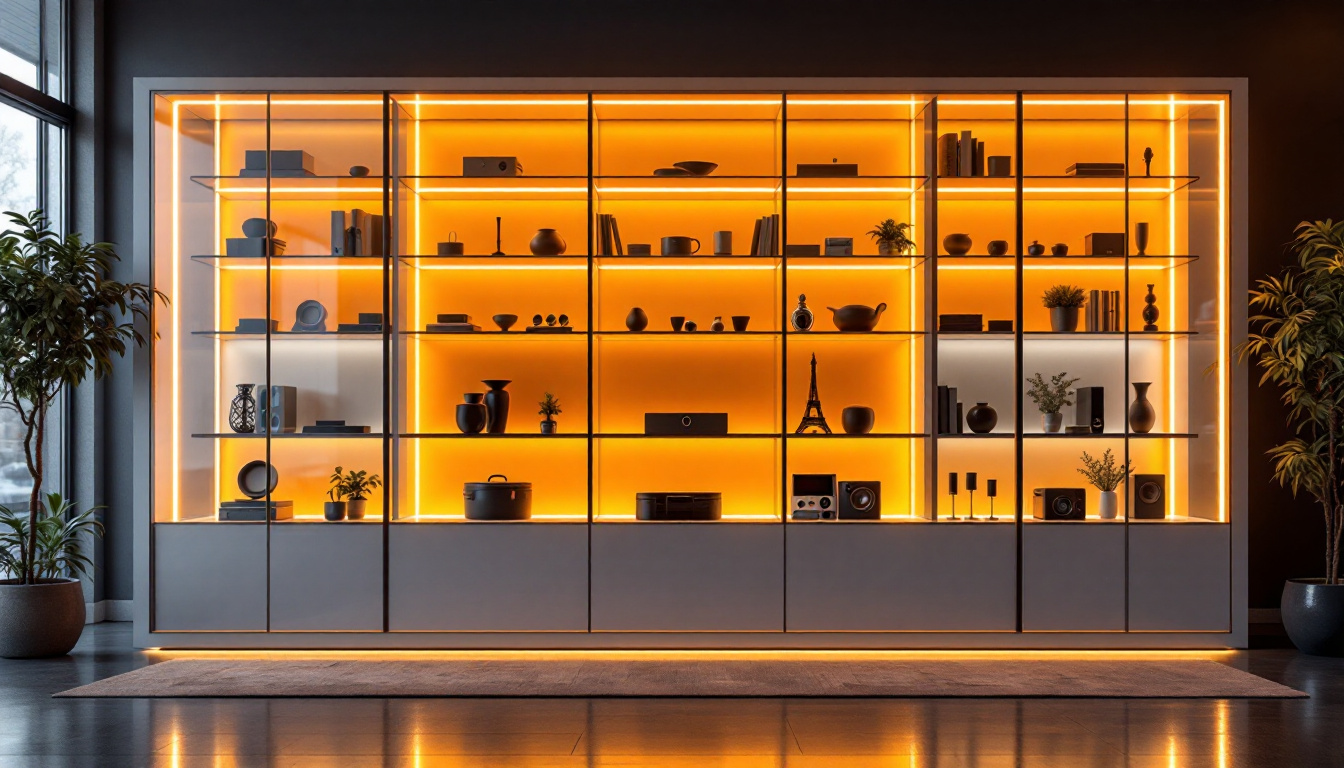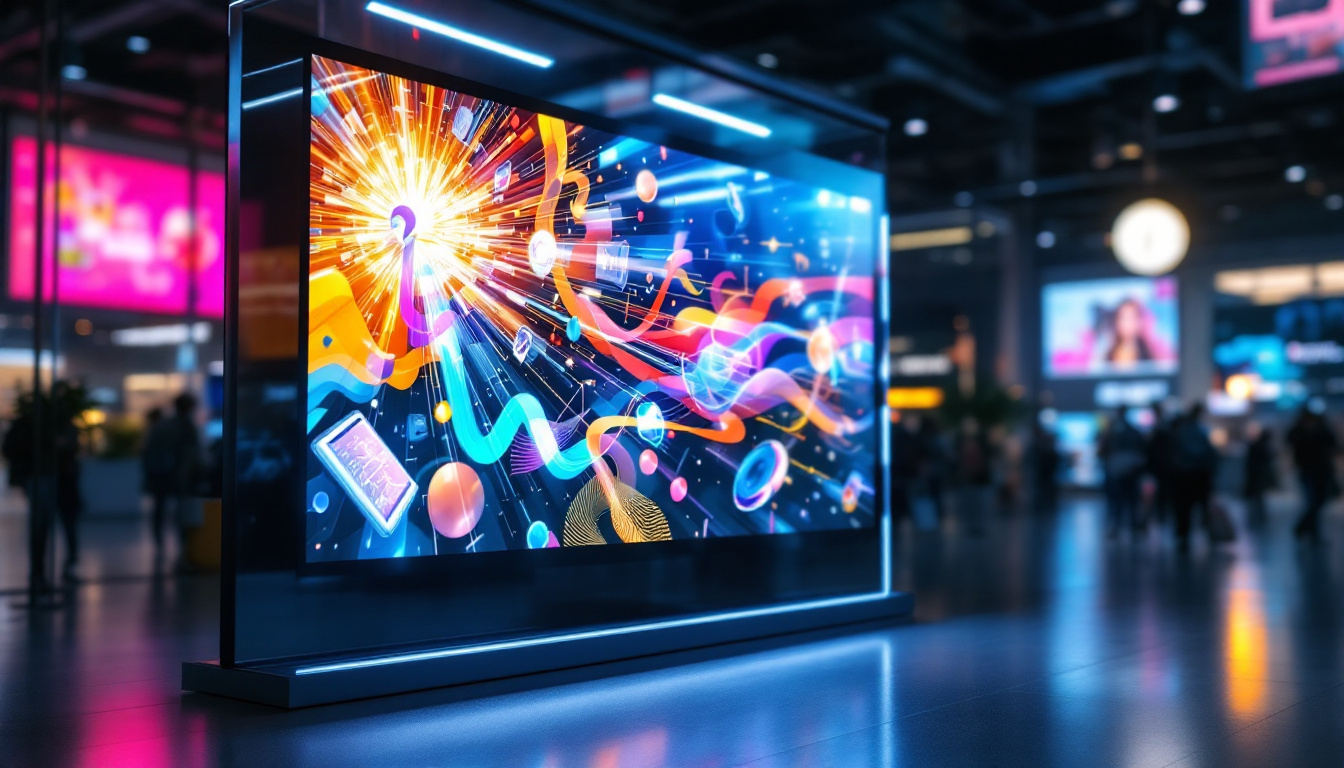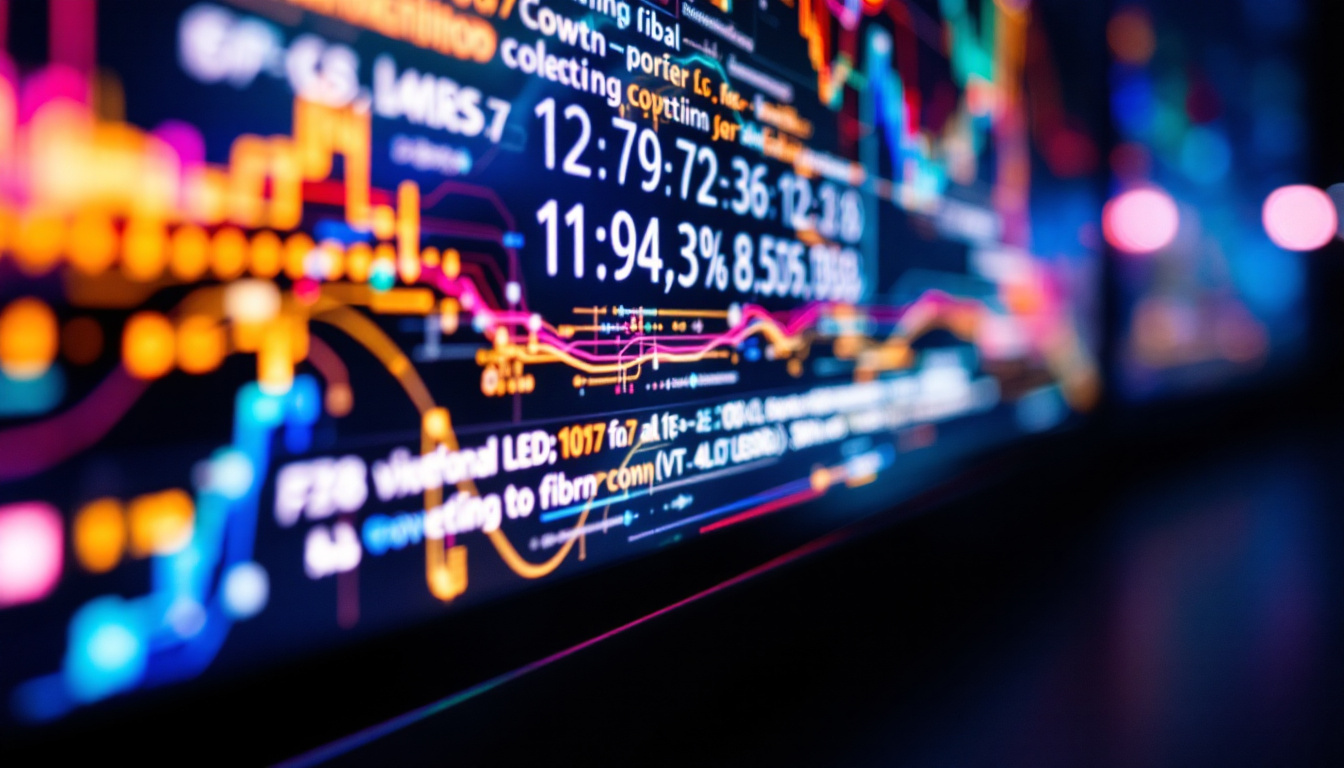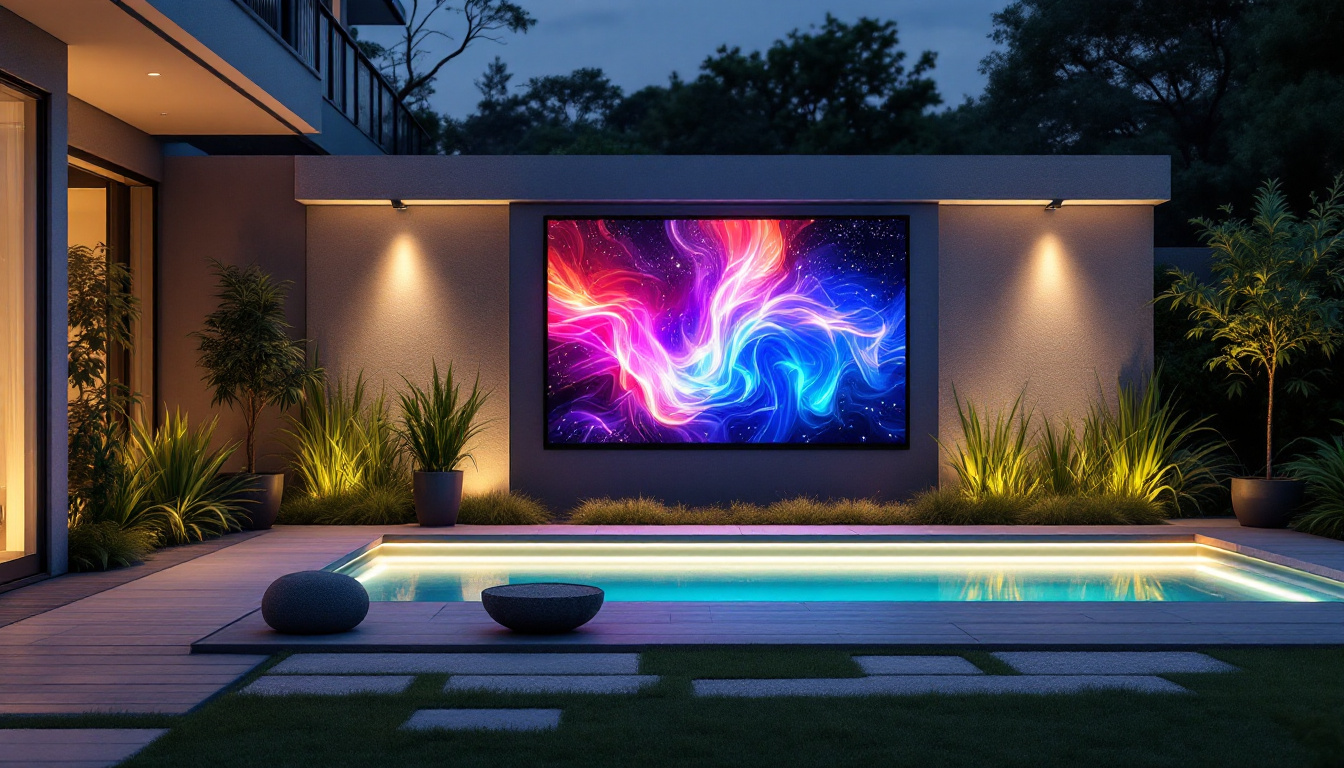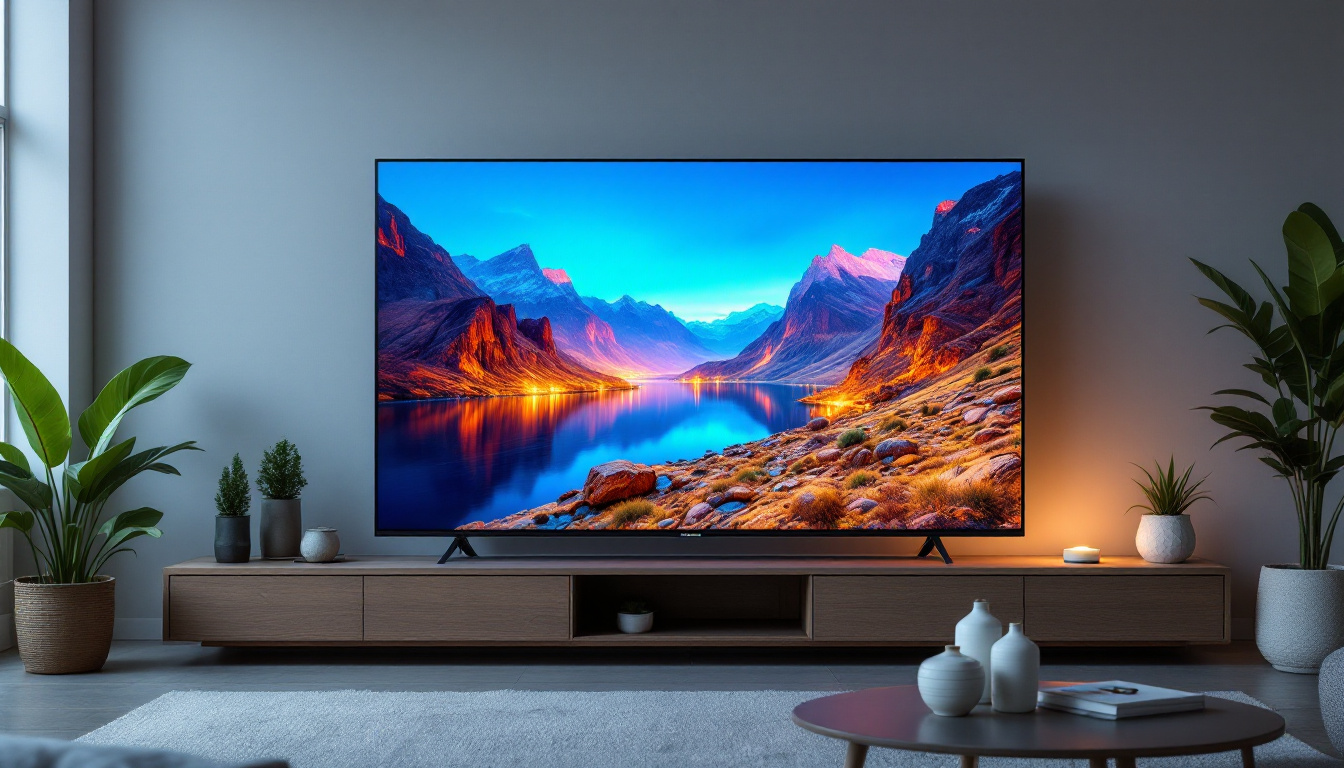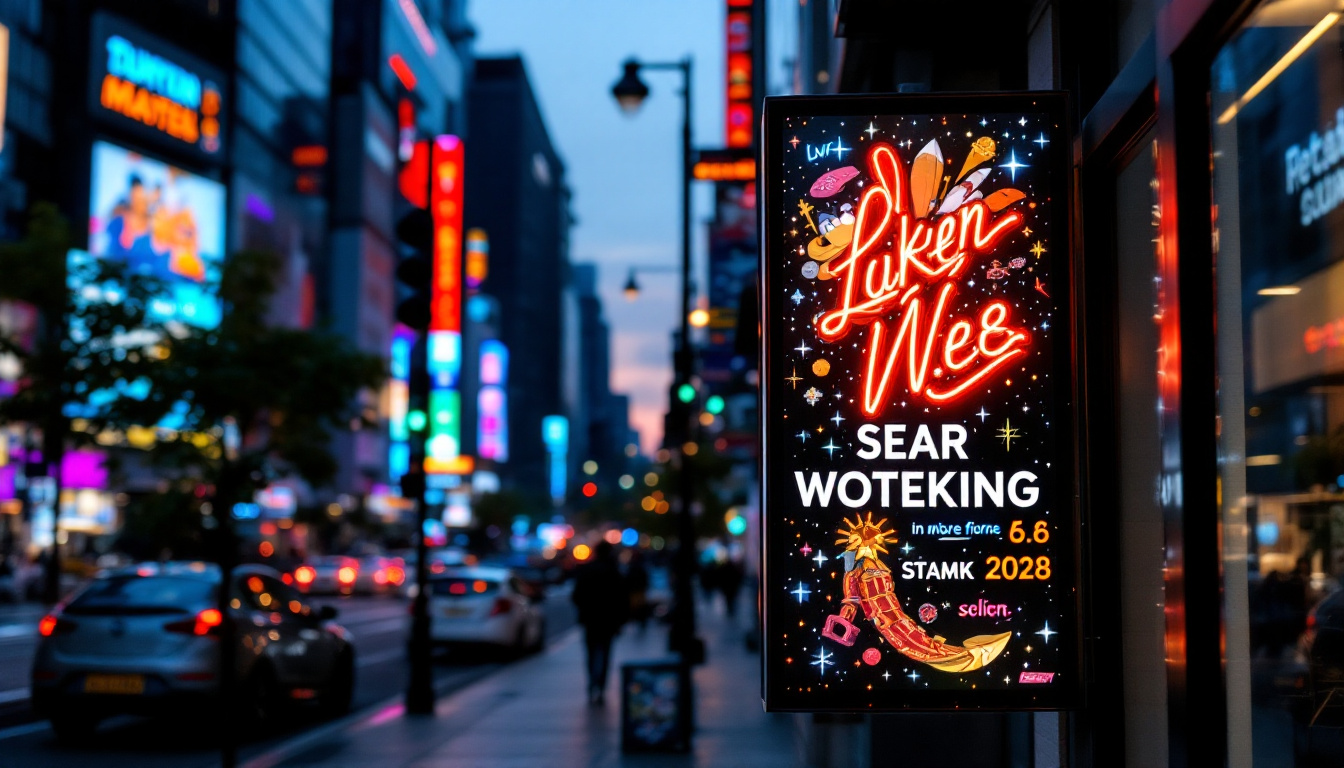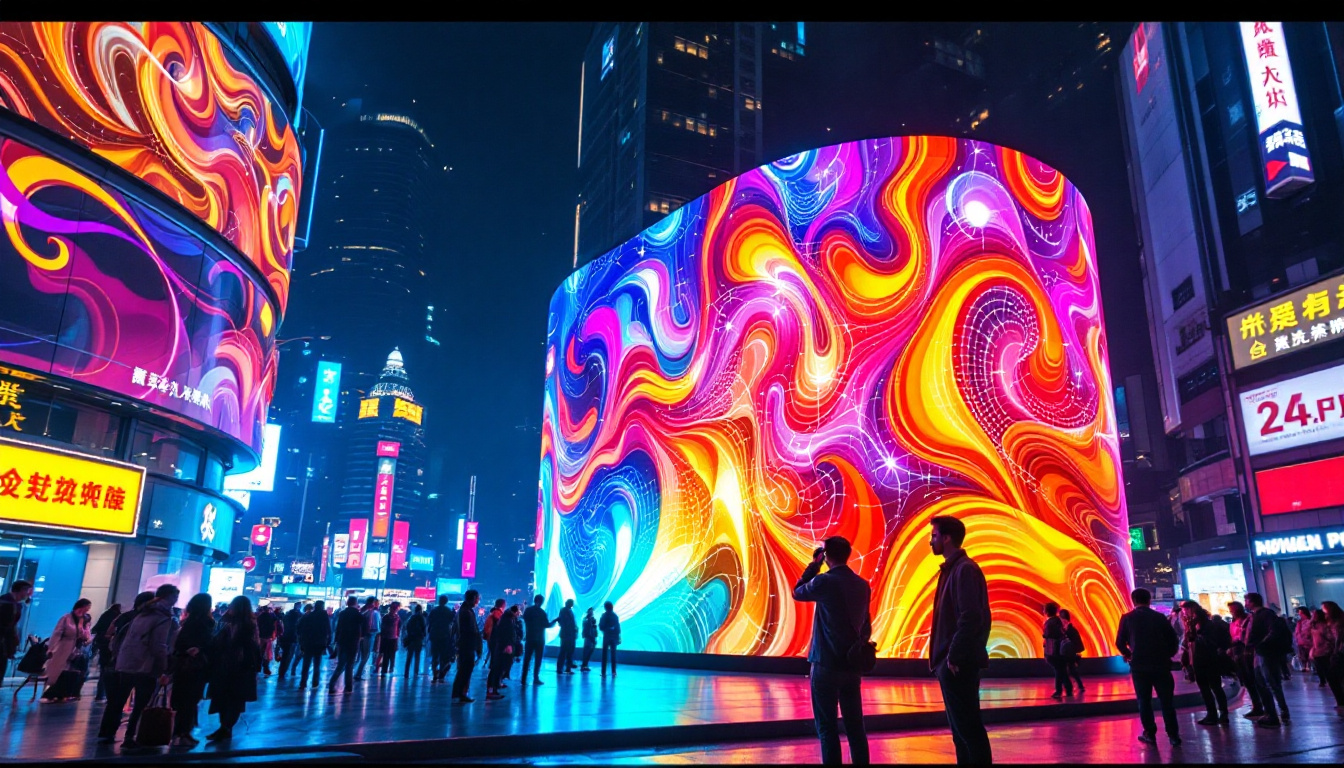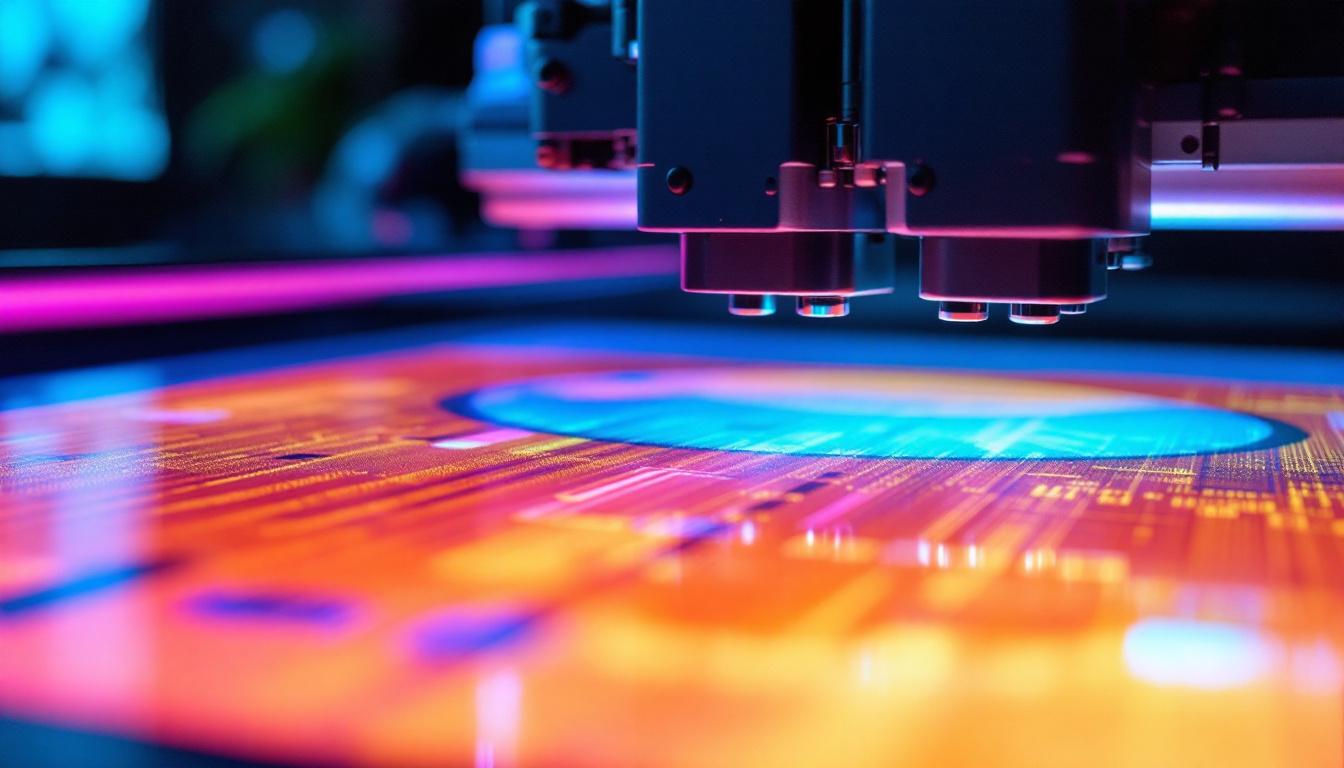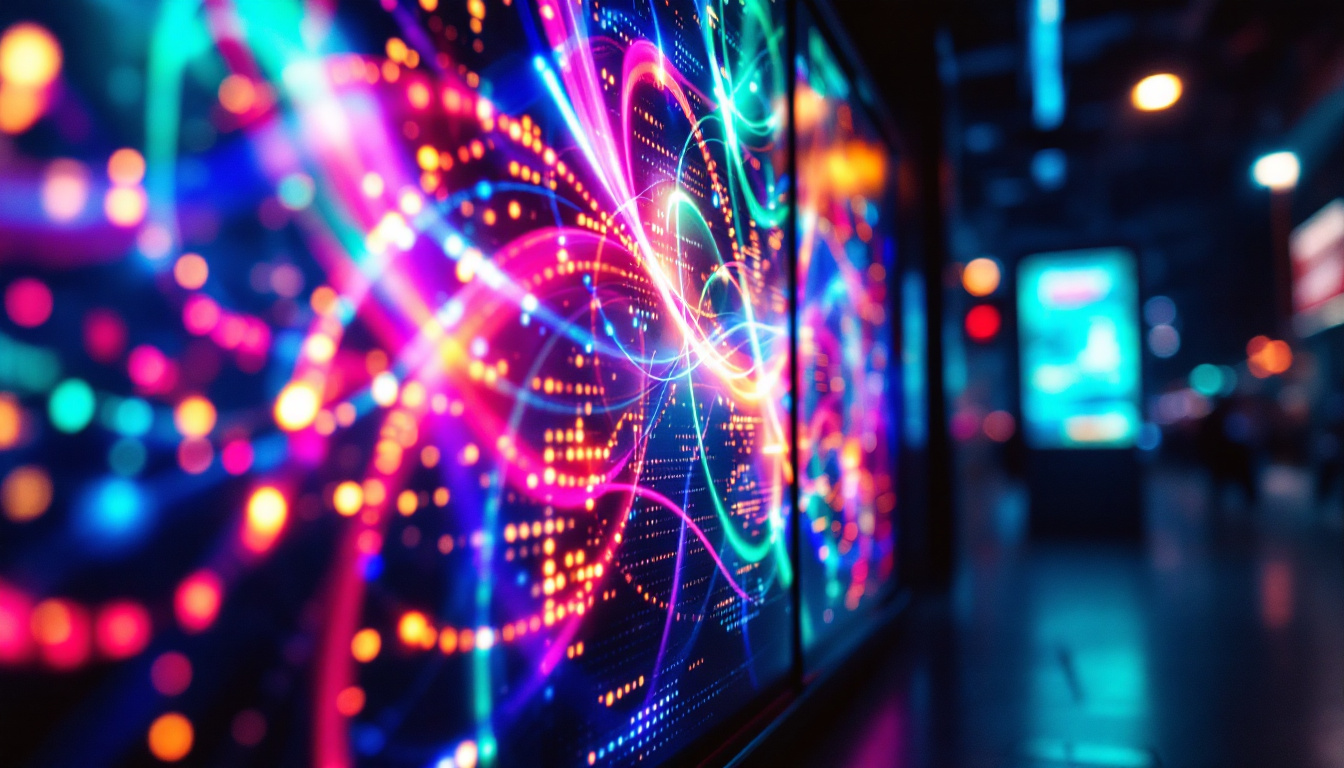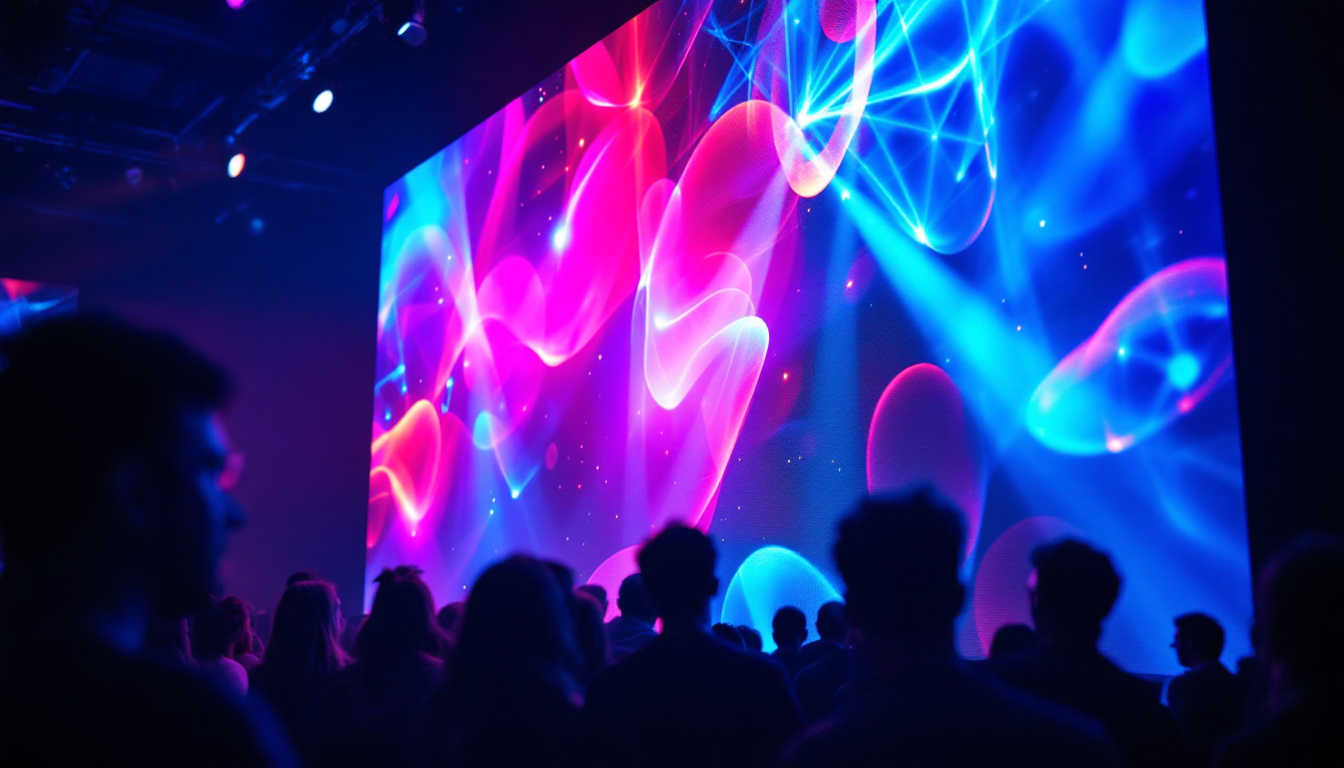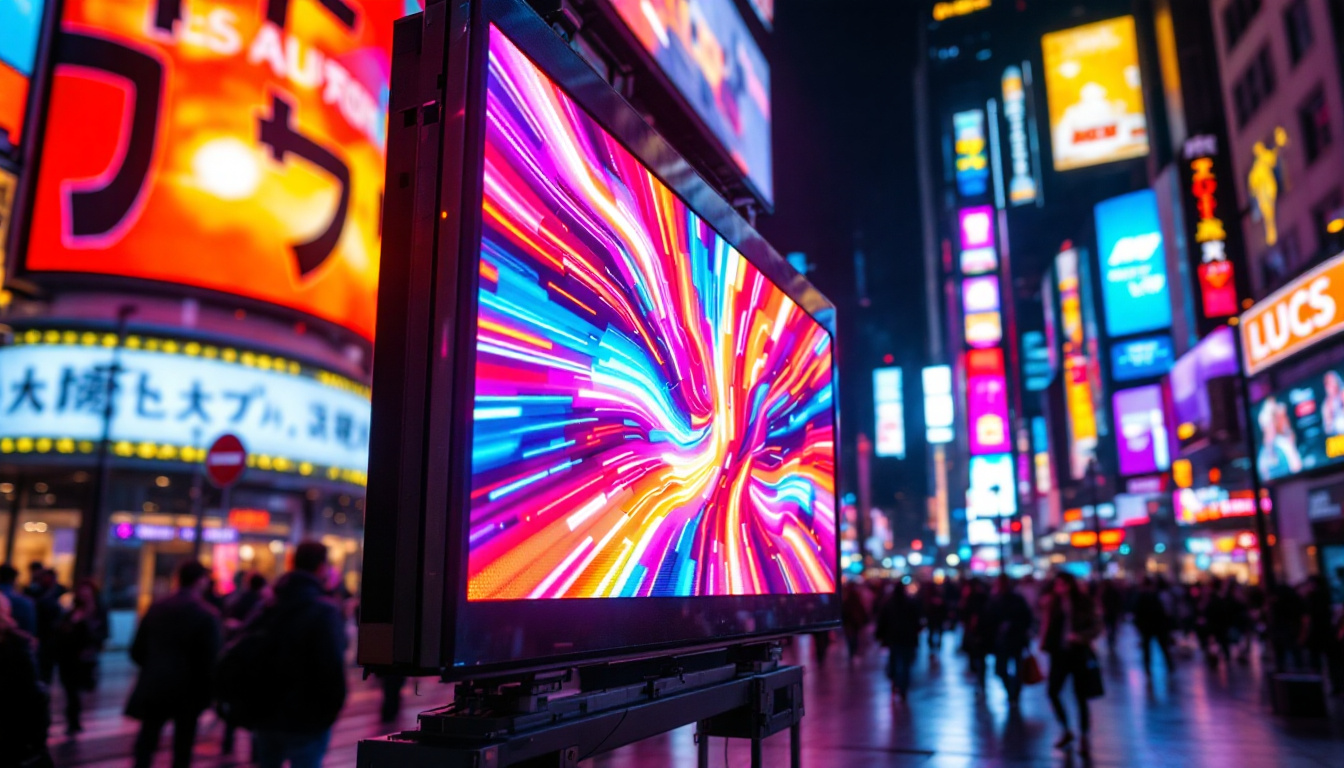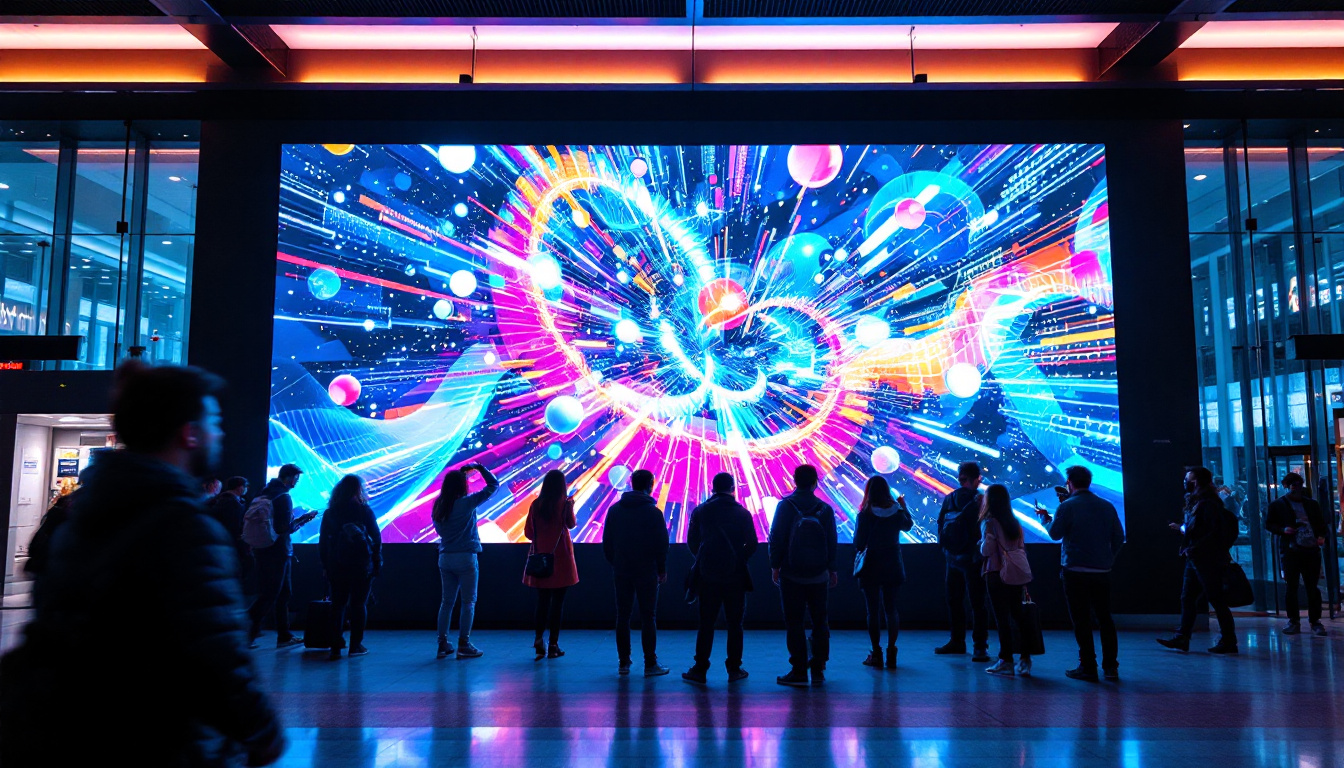In today’s fast-paced digital world, capturing attention quickly and effectively is more important than ever. Display banners have evolved significantly over the years, with LED display technology now at the forefront of this transformation. Whether used in retail environments, outdoor advertising, or event promotions, LED display banners offer dynamic, vibrant, and highly customizable solutions that traditional static banners simply cannot match.
This comprehensive article delves into the world of LED display banners, explaining what they are, how they work, their advantages, and the various applications where they shine. By understanding the technology and benefits behind LED displays, businesses and marketers can make informed decisions to enhance their visual communication strategies.
What Are LED Display Banners?
LED display banners are digital signage solutions that use light-emitting diodes (LEDs) to create bright, colorful, and dynamic images or videos. Unlike conventional printed banners, LED banners can change their content in real-time, allowing for greater flexibility and engagement. This adaptability makes them particularly appealing for businesses looking to capture attention quickly and effectively, as they can rotate messages, showcase promotions, or even display live feeds such as social media updates or news headlines.
These banners come in various sizes and resolutions, from small indoor units to massive outdoor billboards. The core technology involves thousands of tiny LEDs arranged in a grid, which light up in different colors and intensities to form the desired visuals. This modular design allows for scalable displays that can be tailored to specific needs, whether it’s a vibrant display at a concert or a subtle announcement in a corporate setting. Additionally, the longevity of LED technology means that these displays can operate for thousands of hours without significant degradation in quality, making them a cost-effective solution in the long run.
The Technology Behind LED Displays
At the heart of LED display banners are individual LED pixels, each capable of producing red, green, and blue light. By combining these primary colors at varying intensities, the display can render millions of colors, resulting in vivid and eye-catching images. This color mixing capability is crucial for creating visually appealing content that can attract and retain viewers’ attention, especially in competitive environments like shopping malls or busy streets.
Modern LED displays use surface-mounted device (SMD) LEDs, which are compact and energy-efficient. These LEDs are mounted directly onto circuit boards, enabling high pixel density and superior image quality. Advances in LED technology have also improved brightness levels, contrast ratios, and viewing angles, making LED banners suitable for both indoor and outdoor use. Furthermore, many contemporary displays incorporate smart technology, allowing for remote management and content updates via cloud-based systems, enhancing operational efficiency for businesses.
Types of LED Display Banners
There are several types of LED display banners, each designed for specific applications:
- Indoor LED Displays: Typically have a higher pixel density for close-up viewing, used in retail stores, conference rooms, and exhibitions. These displays often feature vibrant colors and sharp images, making them ideal for product showcases and interactive presentations.
- Outdoor LED Displays: Built to withstand weather conditions and deliver high brightness to combat sunlight glare, ideal for billboards, stadiums, and public spaces. These displays are designed with protective casings and advanced cooling systems to ensure durability and performance in various environmental conditions.
- Flexible LED Displays: Made with bendable materials, these can be wrapped around curved surfaces or used in creative installations. Their versatility allows for innovative designs that can transform spaces, making them popular in artistic and architectural applications.
- Transparent LED Displays: Allow light to pass through, making them perfect for glass windows while still displaying dynamic content. This feature enables businesses to maintain visibility while advertising, creating an engaging experience for passersby.
Advantages of LED Display Banners Over Traditional Banners
LED display banners offer numerous benefits compared to traditional printed banners, making them a preferred choice for many businesses and advertisers.
Dynamic and Engaging Content
One of the most significant advantages of LED banners is their ability to display dynamic content. Videos, animations, and real-time updates can be shown, which are far more engaging than static images. This capability helps brands tell stories, showcase promotions, and capture audience attention more effectively.
For example, a retail store can use an LED banner to highlight flash sales or new arrivals instantly, adapting the message based on customer traffic and time of day. Additionally, events such as concerts or festivals can leverage LED banners to provide live updates, such as artist line-ups or schedule changes, creating a more immersive experience for attendees. This flexibility not only enhances customer engagement but also allows businesses to respond to real-time events or trends, making their advertising efforts more relevant and timely.
High Visibility and Brightness
LED displays are incredibly bright, often exceeding 5,000 nits for outdoor models, ensuring visibility even in direct sunlight. This high brightness level, combined with vivid colors and high contrast, makes LED banners stand out in crowded environments.
Studies show that digital signage can increase brand awareness by up to 47.7%, largely due to its ability to attract attention more effectively than static signs. Furthermore, the adaptability of LED banners allows them to be programmed for different times of day, ensuring that the brightness and content are optimized for maximum visibility, whether it’s during the day or at night. This adaptability is particularly beneficial for businesses located in high-traffic areas, where competition for attention is fierce.
Cost-Effectiveness Over Time
While the initial investment in LED display banners can be higher than printed banners, the long-term cost benefits are substantial. Digital content can be updated instantly without the need for reprinting, reducing recurring expenses. Additionally, LED technology has become more energy-efficient, lowering operational costs.
Moreover, the durability of LED displays means they often last for 7 to 10 years with proper maintenance, providing a better return on investment. This longevity also translates into fewer replacements and less frequent upgrades, allowing businesses to allocate their marketing budgets more effectively. As technology continues to advance, the cost of LED displays is expected to decrease, making them an even more attractive option for businesses looking to enhance their advertising strategies.
Environmental Benefits
Switching to LED display banners reduces the need for paper, vinyl, and other materials used in traditional banners, minimizing waste. The ability to update content digitally also means fewer discarded banners, contributing to more sustainable advertising practices.
In addition to reducing material waste, LED banners consume significantly less energy than traditional lighting methods, which further lowers their environmental impact. Many LED displays are now designed with recyclable components, ensuring that when they do reach the end of their life cycle, they can be disposed of responsibly. By choosing LED technology, businesses not only enhance their visibility and marketing effectiveness but also align themselves with eco-friendly practices that resonate with increasingly environmentally-conscious consumers.
Applications of LED Display Banners
LED display banners are versatile and can be used across a wide range of industries and settings. Their adaptability makes them suitable for both promotional and informational purposes.
Retail and Shopping Centers
Retailers use LED banners to create immersive shopping experiences. By displaying promotional offers, product highlights, and interactive content, stores can drive sales and enhance customer engagement. LED displays placed near entrances or checkout areas can influence purchasing decisions effectively.
Transportation Hubs and Public Spaces
Airports, train stations, and bus terminals utilize LED banners for real-time information such as schedules, alerts, and advertisements. The clarity and brightness of LED displays ensure that travelers receive important updates promptly, improving overall experience and safety.
Sports and Entertainment Venues
Stadiums and arenas employ large-scale LED banners to broadcast live scores, advertisements, and entertainment content. These displays contribute to the atmosphere and provide sponsors with high-impact visibility.
Corporate and Event Marketing
Businesses use LED banners at trade shows, conferences, and corporate events to showcase products, services, and branding. The ability to tailor content dynamically allows companies to target different audiences effectively throughout the event.
Outdoor Advertising and Billboards
LED billboards are a dominant force in outdoor advertising, offering advertisers the flexibility to rotate multiple ads and update content remotely. This agility enables campaigns to be more responsive to market trends and consumer behavior.
Key Considerations When Choosing LED Display Banners
Selecting the right LED display banner requires careful consideration of several factors to ensure it meets the specific needs of the application.
Resolution and Pixel Pitch
Resolution refers to the number of pixels in the display, while pixel pitch is the distance between individual LEDs. A smaller pixel pitch means higher resolution and sharper images, which is crucial for close viewing distances.
For indoor displays viewed up close, pixel pitches as low as 1.2mm are common, while outdoor displays typically have larger pitches (10mm or more) due to greater viewing distances.
Brightness and Contrast
Brightness levels must be chosen based on the environment. Outdoor displays require higher brightness to remain visible in daylight, whereas indoor displays can operate at lower brightness levels to avoid eye strain.
Durability and Weather Resistance
Outdoor LED banners must be weatherproof, capable of withstanding rain, wind, dust, and temperature fluctuations. Look for displays with appropriate IP (Ingress Protection) ratings to ensure longevity.
Content Management Systems (CMS)
Modern LED displays are managed through software platforms that allow users to schedule, update, and monitor content remotely. A user-friendly CMS is essential for maximizing the flexibility and effectiveness of the display.
Installation and Maintenance
Consider the complexity of installation and ongoing maintenance. Modular designs facilitate easier repairs and upgrades, minimizing downtime and costs.
The Future of LED Display Banners
LED display technology continues to advance rapidly, promising even more innovative applications and improved performance.
Higher Resolutions and Mini-LEDs
Emerging mini-LED and micro-LED technologies offer higher pixel densities and better energy efficiency. These advancements will enable ultra-high-definition displays with stunning image quality, even in compact formats.
Integration with IoT and AI
Smart LED banners integrated with Internet of Things (IoT) devices and artificial intelligence (AI) can deliver personalized content based on audience demographics, weather conditions, or time of day. This level of interactivity will revolutionize targeted advertising.
Sustainability Innovations
Manufacturers are exploring eco-friendly materials and energy-saving designs to further reduce the environmental impact of LED displays. Solar-powered and recyclable components are becoming more common.
Conclusion
LED display banners represent a significant leap forward in visual communication, offering unparalleled brightness, flexibility, and engagement compared to traditional banners. Their dynamic capabilities and adaptability make them invaluable tools for businesses, advertisers, and event organizers aiming to capture and retain audience attention.
As technology continues to evolve, LED display banners will become even more sophisticated, efficient, and sustainable. Investing in LED display technology today not only enhances brand visibility but also positions organizations at the cutting edge of digital advertising innovation.
Explore Cutting-Edge LED Display Solutions with LumenMatrix
Ready to elevate your brand’s visual impact and captivate your audience like never before? Discover LumenMatrix’s innovative range of LED display modules, from the vibrant Indoor LED Wall Display to the robust Outdoor LED Wall Display, and the dynamic Vehicle LED Display to the sleek LED Poster Display. Whether you’re looking to create an immersive sports experience with our LED Sports Display, make a statement with a Floor LED Display, or require a Custom LED Display tailored to your unique needs, LumenMatrix has the solution. Embrace the future of digital signage with our All-in-One LED Display and LED Transparent Display options. Join the visual revolution and Check out LumenMatrix LED Display Solutions today to transform your visual communication strategy with clarity and innovation.


